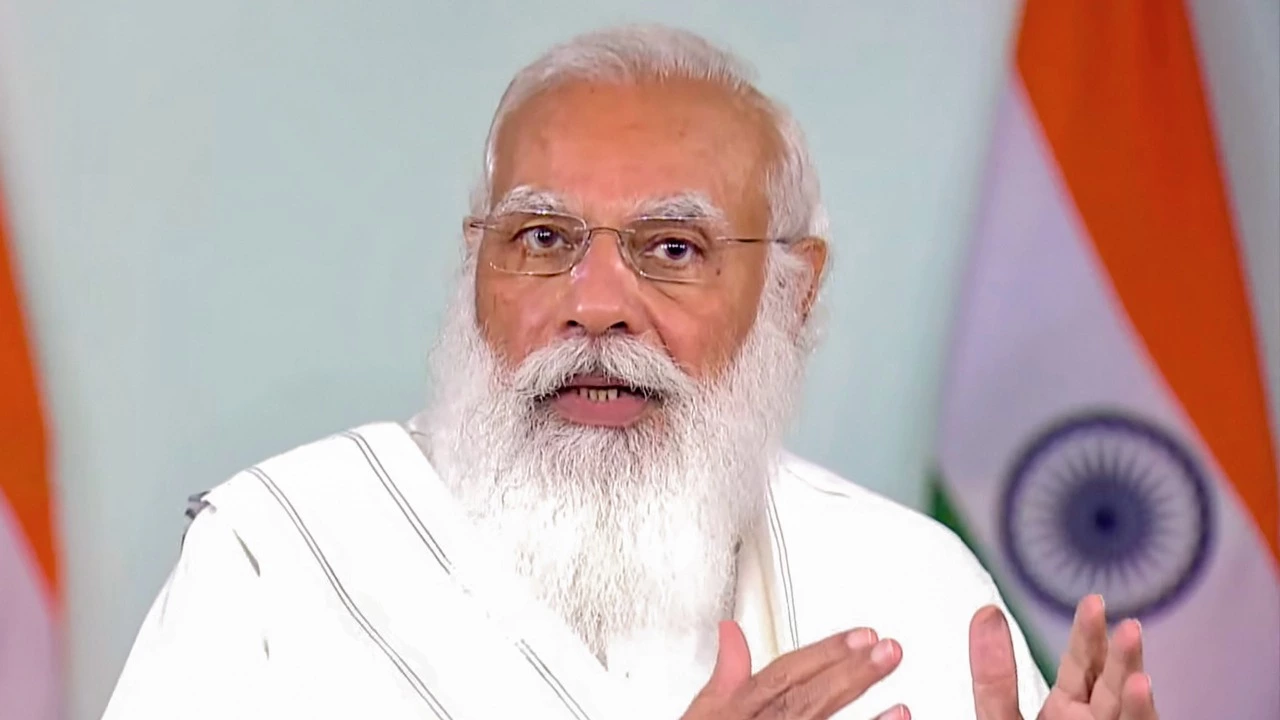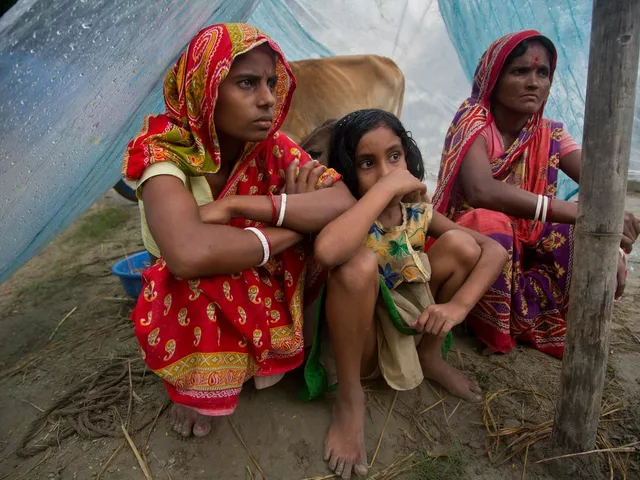
An Introduction to India's Prime Ministers
India, being one of the largest democracies in the world, has seen several prime ministers leading the nation since its independence. These leaders have played significant roles in shaping the country's future, making critical decisions, and driving India towards progress and prosperity. Each prime minister, with their unique leadership style, have left their mark in the annals of Indian history. In this article, we will discuss Narendra Modi, the current Prime Minister of India, and his position in the chronology of Indian Prime Ministers.
The Journey of Narendra Modi
Narendra Modi is a political figure who has captivated the attention of both national and international audiences. He was born on September 17, 1950, in Vadnagar, Gujarat. His journey from a tea-seller to becoming the Prime Minister of India is truly inspiring. Modi began his political career as a member of the Rashtriya Swayamsevak Sangh (RSS), a right-wing, Hindu nationalist, paramilitary volunteer organization. He later joined the Bharatiya Janata Party (BJP) and quickly rose through its ranks.
His first major political breakthrough came in 2001 when he was appointed as the Chief Minister of Gujarat, a position he held until 2014. His tenure as Chief Minister was marked by significant economic growth in Gujarat, though it was also marred by controversy. Despite facing several challenges, Modi emerged victorious and was declared as the BJP's prime ministerial candidate for the 2014 general elections.
Narendra Modi's Tenure as Prime Minister
Modi's election campaign in 2014 was built around the promise of economic development, corruption-free governance, and national security. His charismatic personality and strong leadership qualities resonated with many Indians, leading to a landslide victory for the BJP. Modi was sworn in as the 15th Prime Minister of India on May 26, 2014. His tenure has seen several major initiatives like the Goods and Services Tax (GST), Make in India, Swachh Bharat Abhiyan, Digital India, and others. Though his tenure has been marked by some controversies, his popularity amongst the masses remains high. He secured a second term as Prime Minister in the 2019 general elections, reinforcing his position as a pivotal figure in Indian politics.
Chronology of Indian Prime Ministers
Since its independence in 1947, India has had 15 prime ministers, including Narendra Modi. The first Prime Minister of India was Jawaharlal Nehru, who served from 1947 until his death in 1964. He was followed by Lal Bahadur Shastri, who served for a brief period before his untimely death. Indira Gandhi, India's first and, to date, only female Prime Minister, is the third longest-serving Prime Minister after her father, Jawaharlal Nehru, and Narendra Modi. There were several other leaders who served as prime ministers for varying durations, including Morarji Desai, Rajiv Gandhi, P.V. Narasimha Rao, Atal Bihari Vajpayee, and Manmohan Singh.
Narendra Modi: The 14th or the 15th Prime Minister?
So, which number Prime Minister is Narendra Modi? It might seem like a straightforward question, but there is a twist. Technically, Narendra Modi is the 15th Prime Minister of India. However, if we consider the number of people who have held the office, he is the 14th. This is because one of India's prime ministers, Morarji Desai, has held the office twice non-consecutively. Thus, in terms of unique individuals who have held the office, Narendra Modi is the 14th Prime Minister of India. But, if we consider the total number of prime ministerial terms, he is the 15th.



Write a comment